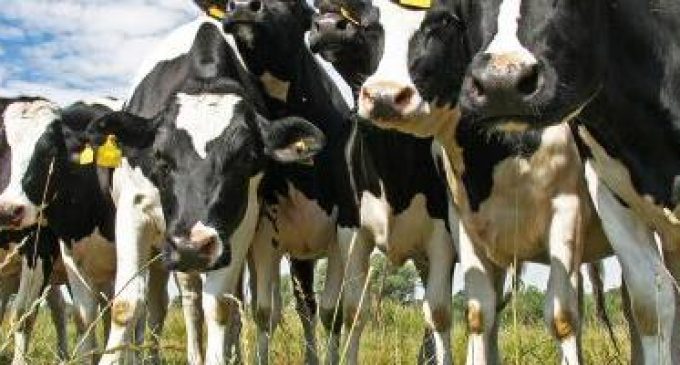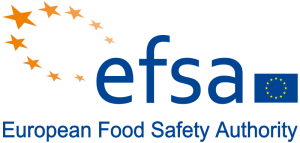Scientists Investigate Origin of Isolated BSE Cases

The European response to bovine spongiform encephalopathy (BSE) after the crisis of the 1980s has significantly reduced prevalence of the disease in cattle. However, isolated cases are still being reported in the EU and for this reason the European Commission has asked EFSA to investigate their origin. The key measure for controlling BSE in the EU is a ban on the use of animal proteins in livestock feed. This is because BSE can be transmitted to cattle through contaminated feed, mainly in the first year of life.
Sixty cases of classical BSE have been reported in cattle born after the EU ban was enforced in 2001. None of these animals entered the food chain. Classical BSE is the type of BSE transmissible to humans. The Commission asked EFSA to determine if these cases were caused by contaminated feed or whether they occurred spontaneously, i.e. without an apparent cause.
 EFSA experts concluded that contaminated feed is the most likely source of infection. This is because the infectious agent that causes BSE has the ability to remain active for many years. Cattle may have been exposed to contaminated feed because the BSE infectious agent was present where feed was stored or handled. A second possibility is that contaminated feed ingredients may have been imported from non-EU countries.
EFSA experts concluded that contaminated feed is the most likely source of infection. This is because the infectious agent that causes BSE has the ability to remain active for many years. Cattle may have been exposed to contaminated feed because the BSE infectious agent was present where feed was stored or handled. A second possibility is that contaminated feed ingredients may have been imported from non-EU countries.
Experts could not rule out other causes due to the difficulty of investigating individual cases. Some constraints are the long incubation period of the disease and the lack of detailed information available from farms at the time of the trace-back investigation.
EFSA experts made a series of recommendations to maintain and strengthen the EU monitoring and reporting system, and to evaluate new scientific data that become available.
The European response to BSE
The coordinated European response to BSE has succeeded in reducing the prevalence of the disease. Between 2005 and 2015 about 73,000,000 cattle were tested for BSE in the EU, out of which 60 born after the ban tested positive for classical BSE. The number of affected animals rises to 1,259 if cattle born before the ban are included. The number of classical BSE cases has dropped significantly in the EU over time, from 554 cases reported in 2005 to just two in 2015 (both animals born after the ban). Moreover the EU food safety system is designed to prevent the entry of BSE-contaminated meat into the food chain.
Bovine spongiform encephalopathy (BSE) cases born after the total feed ban

































